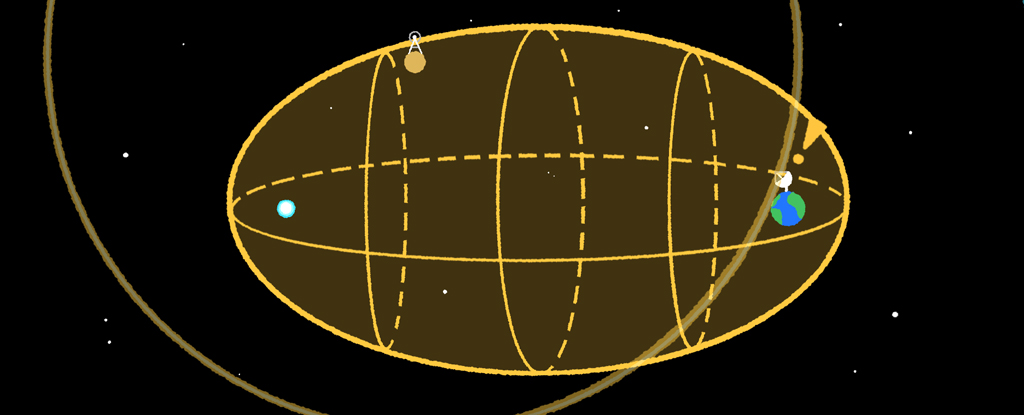Products You May Like
Of all the questions that remain unanswered, the question of life in the Universe is surely the one that captures our attention the most.
In a Universe whose observable edge is 46 billion light years away, is it even conceivable that we are alone, the sole planet among the millions and perhaps billions that are out there, where life has evolved, an oasis of life in the cosmic ocean?
In the search for alien civilizations, researchers have proposed that it may be possible to use bright galactic events like supernovae to act as a focal point for civilizations to announce their presence!
Spearheading the search for extraterrestrial civilizations is SETI – the Search for Extraterrestrial Intelligence. SETI was set up in 1984 as a non-profit group dedicated to research and education across multiple disciplines.
Its overarching goal of course, to drive our exploration into the origins of life across the Universe. The research spans multiple technologies from data analytics, machine learning and signal detection techniques across physical and biological sciences.

In a paper published in the Astronomical Journal on 12 February 2024, SETI researchers reported an interesting and exciting development in the search for ET. Using observations from the Transiting Exoplanet Survey Satellite (TESS) the team monitored the SETI Ellipsoid.
The Ellipsoid is a geometric approach which identifies an egg-shaped region of space within which, any intelligent civilizations would have had time to observe a significant astronomical event, based on the time it takes for light to travel across space.
The concept suggests that civilizations may take the opportunity to synchronise signals based on the astronomical event.
The approach shows that the effectiveness of using this technique in conjunction with continuous, wide-field sky surveys can significantly improve our ability and capacity to identify potential signals.
The technique removes uncertainties that relate to the estimated time of arrival of signals through observations spanning up to a year.
The uncertainties in this approach are only a couple of months so the team maximizes on observations for each target so they can determine what might be normal and what could be a possible signal.

The data from TESS covers 5 percent of the total dataset collected over its three year mission and with this, the team used advanced 3D location data from Gaia (European Space Agency’s astrometry mission which has developed the most precise 3D map of our Galaxy).
Through this, 32 targets were identified within the southern region of the TESS viewing zone. Initial analysis didn’t reveal any anomalies during the Ellipsoid crossing event.
As we continue our search for ET, the SETI institute is most definitely still at the forefront, utilizing new technologies and techniques to take us a step closer to one day, maybe, identifying our cosmic neighbors.
This article was originally published by Universe Today. Read the original article.
